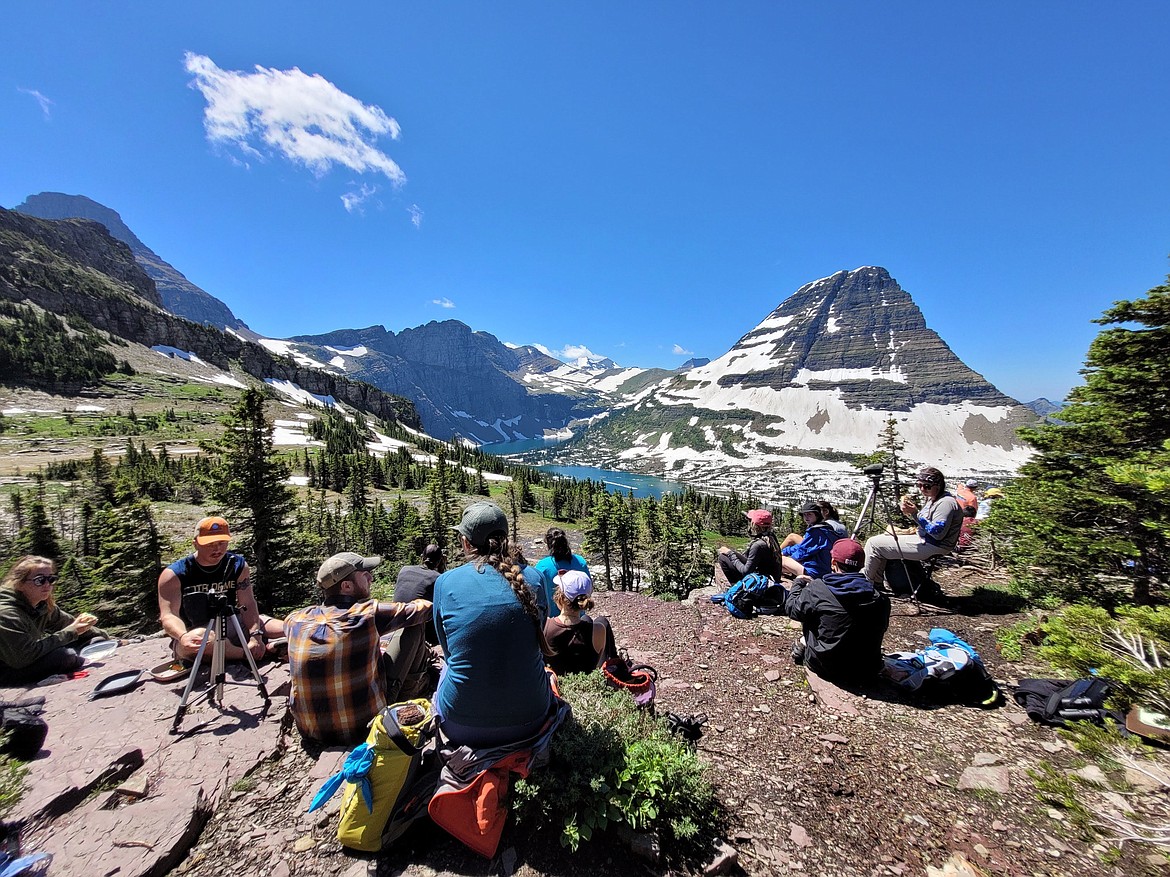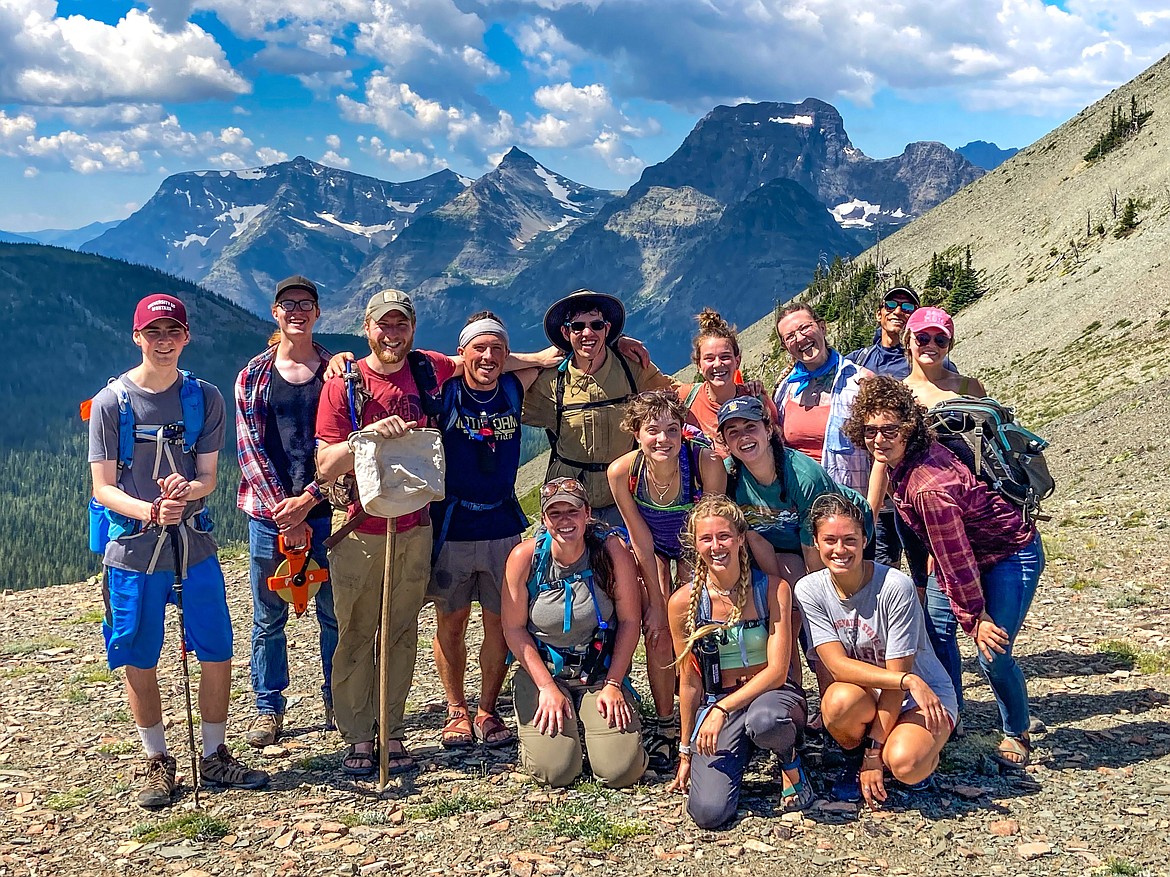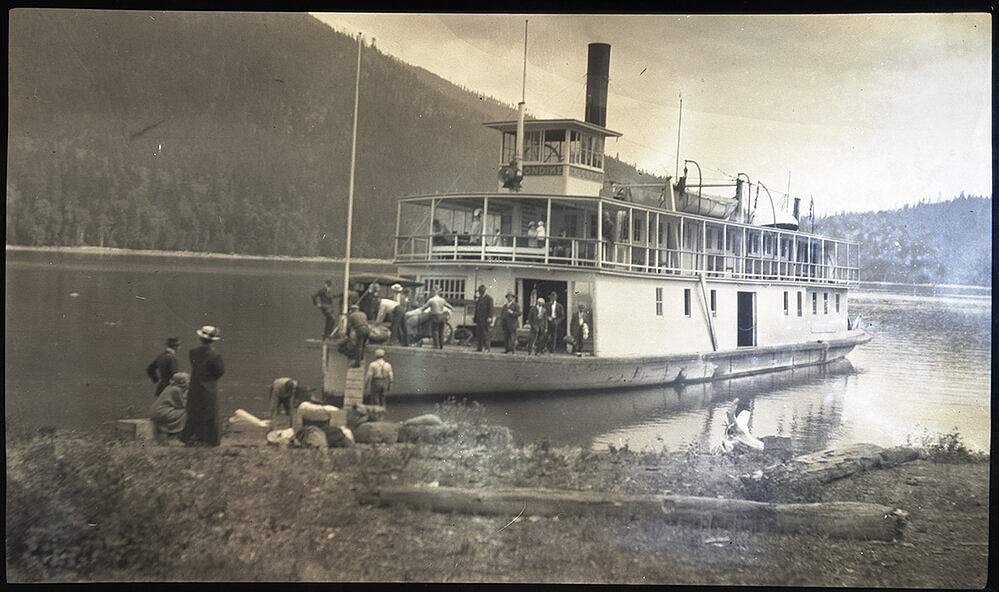Deep Dive into FLBS: Discovering New Paths to Science Education
When Morton J. Elrod founded the Flathead Lake Biological Station (FLBS) in 1899, one of his first actions was to create a program that would provide educational opportunities during the summer months for college students, educators, and community members alike. He announced the first Bio Station summer session in a bulletin sent throughout the state, as he would continue to do every year during his tenure as Bio Station director...
Become a Subscriber!
You have read all of your free articles this month. Select a plan below to start your subscription today.
Already a subscriber? Login






